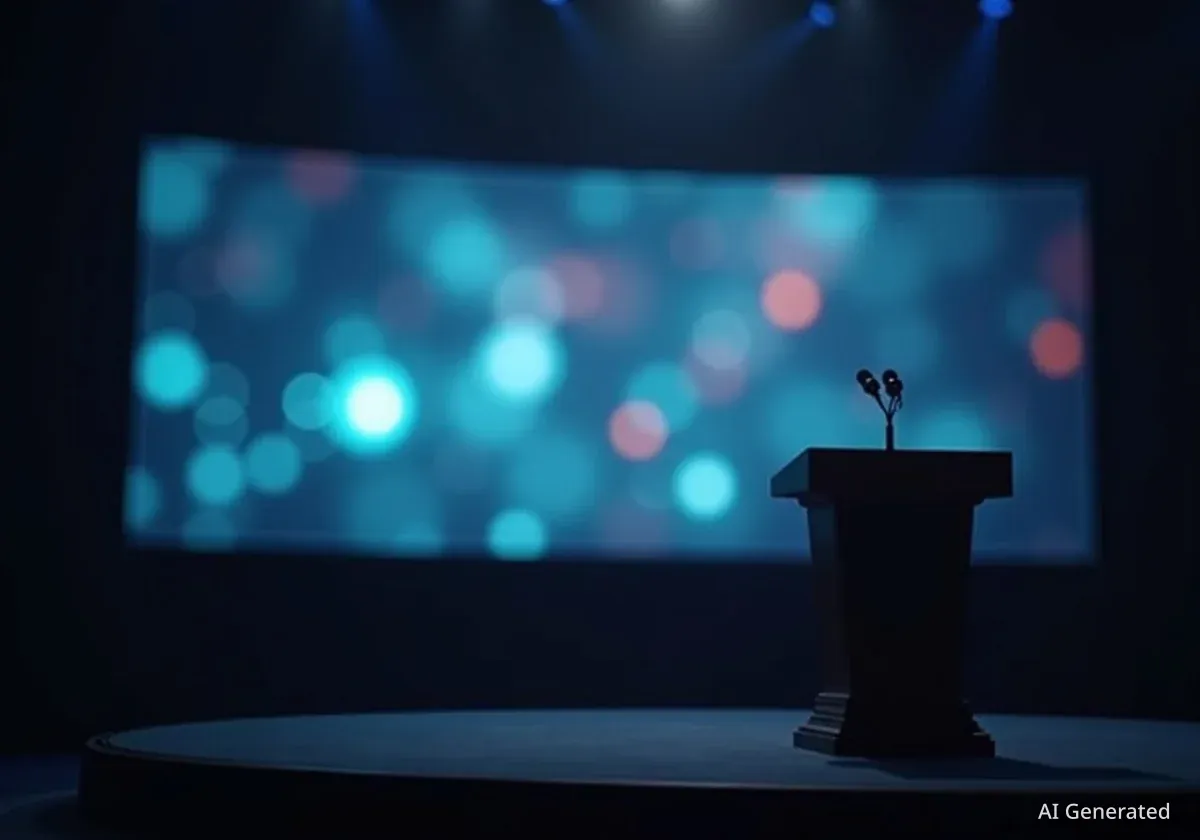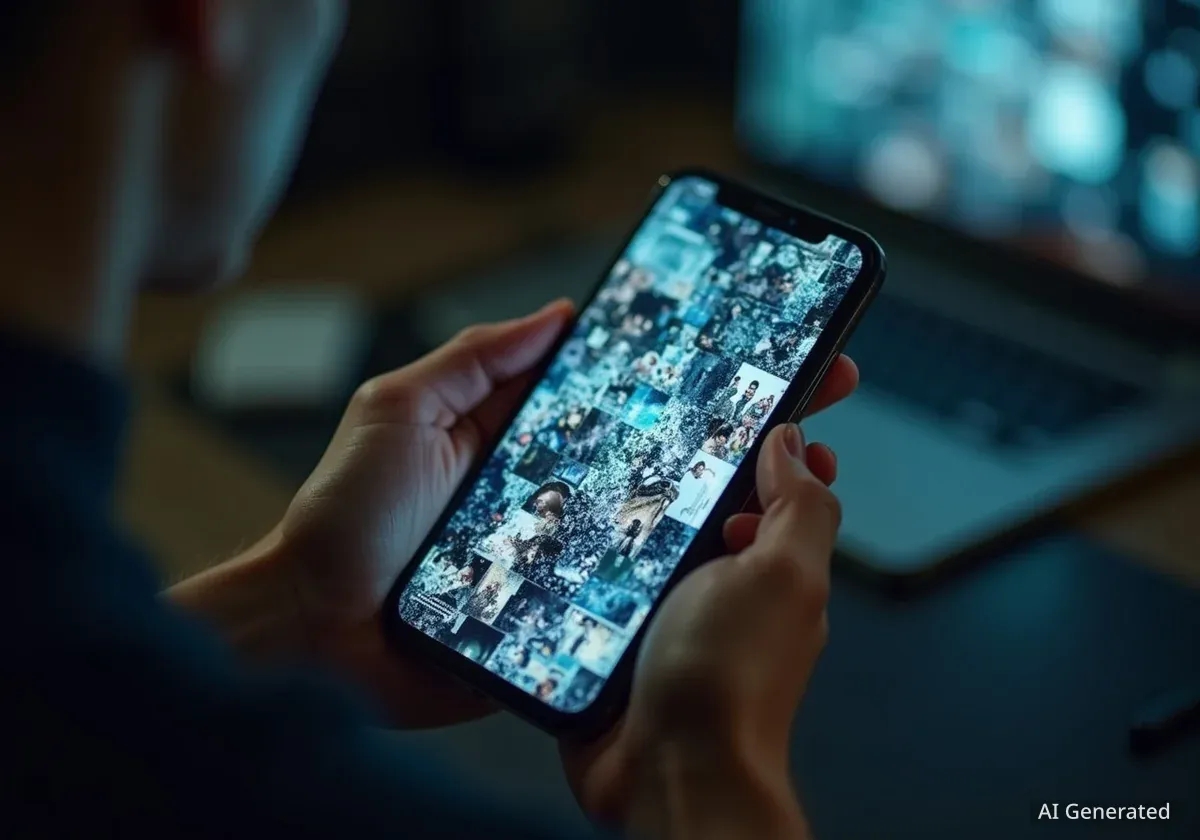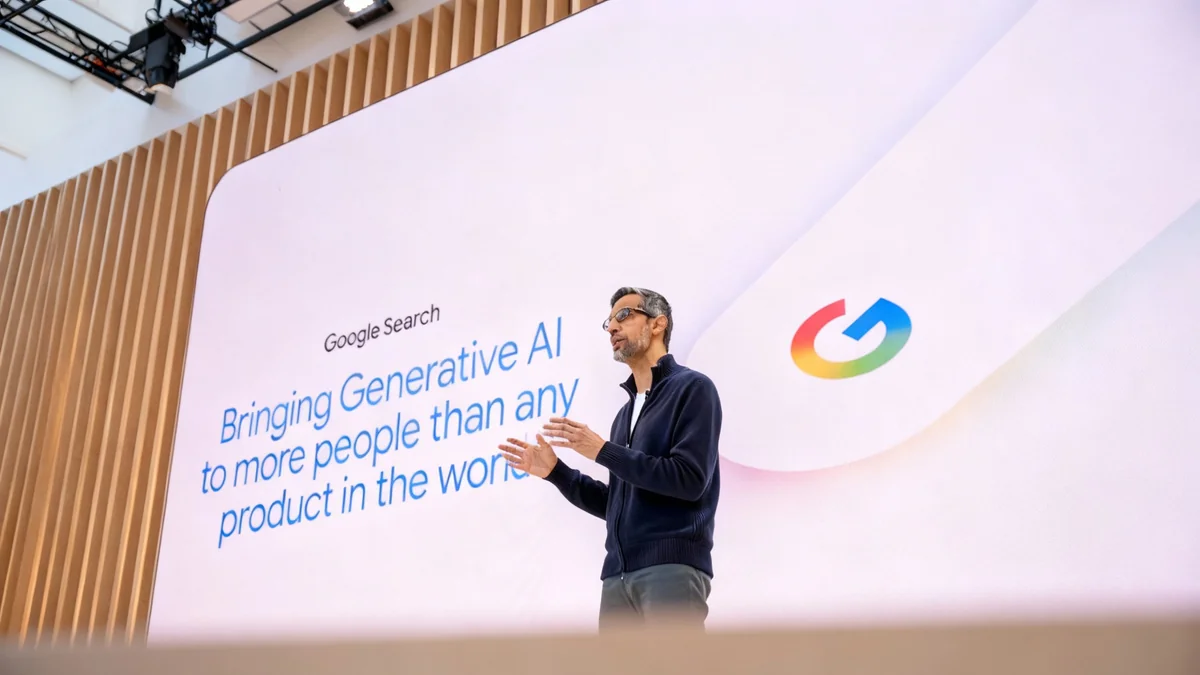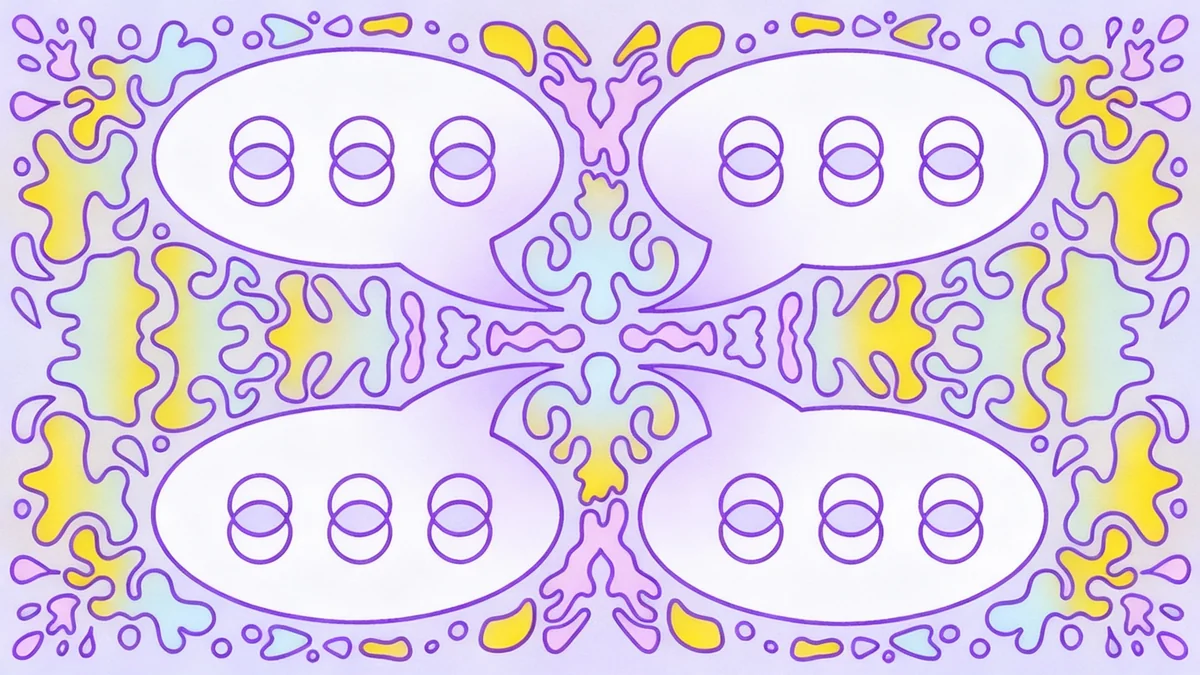Former President Donald Trump recently shared a video on his Truth Social platform that was created using artificial intelligence. The clip, designed to look like a news broadcast, features an AI-generated version of Trump announcing the nationwide distribution of 'med beds,' a fictional medical device central to a long-standing conspiracy theory.
Key Takeaways
- Donald Trump posted an AI-generated video to his Truth Social account.
- The video shows a synthetic version of Trump promoting 'med beds,' a technology that does not exist.
- 'Med beds' are a concept from a conspiracy theory claiming the existence of devices that can cure any disease.
- The video's content and its sharing by a major political figure highlight the growing role of AI in spreading misinformation.
Details of the AI-Generated Video
The video shared on the social media platform was constructed to resemble a segment from Fox News. It features a digitally created likeness and voice of Donald Trump making a significant announcement about American healthcare.
In the clip, the AI-generated figure of Trump outlines a plan to equip new hospitals with advanced technology. Central to this plan are the so-called 'med beds,' which are presented as a revolutionary healthcare solution.
"Every American will soon receive their own medbed card," the AI-generated voice of Trump states in the video. "With it, you’ll have guaranteed access to our new hospitals led by the top doctors in the nation, equipped with the most advanced technology in the world."
The synthetic voice continues, describing the capabilities of these fictional facilities. "These facilities are safe, modern, and designed to restore every citizen to full health and strength," the narration concludes. "This is the beginning of a new era in American healthcare." The post appeared on his platform late on a Saturday night, quickly drawing attention from followers and observers.
Background on Truth Social
Truth Social is a social media platform owned by Trump Media & Technology Group. It was launched in 2022 and serves as the primary online communication channel for Donald Trump. The platform is often used to share messages, endorsements, and commentary with his supporters.
Understanding the 'Med Bed' Conspiracy Theory
The concept of 'med beds' is not a new technological development but rather a core element of a conspiracy theory that has circulated for years, primarily within far-right and QAnon-adjacent online communities. The theory posits the existence of secret medical technology with extraordinary healing capabilities.
Proponents of this theory claim that these devices can cure a wide range of serious illnesses, including cancer and other chronic conditions. Some of the more extreme claims suggest the beds can reverse aging, regrow missing limbs in minutes, and extend human life significantly. According to the narrative, this technology is derived from secret government programs or extraterrestrial sources.
Core Claims of the 'Med Bed' Theory
- Total Healing: Capable of curing all known diseases.
- Regeneration: Ability to regrow limbs and organs.
- Suppression: The technology is allegedly being withheld from the public by a cabal of powerful elites, often described as 'liberal billionaires' or a 'deep state.'
- Release Condition: The theory often includes the belief that the technology will only be released to the public after a major political shift, such as Trump's return to office.
The sharing of the video by Trump himself is significant because it directly injects a central figure into the narrative that followers of the conspiracy have built. Previously, his role was implied; now, his own social media account has been used to broadcast a message promoting the concept, albeit through an AI-generated depiction.
The Role of AI in Political Disinformation
This incident serves as a prominent example of how artificial intelligence and synthetic media, often called 'deepfakes,' are being used in the political landscape. The technology to create realistic-looking videos and audio of public figures has become increasingly accessible, posing new challenges for identifying misinformation.
AI-generated content can be used to create compelling but entirely false narratives. In this case, the video combined a trusted news format (a Fox News-style graphic), a familiar political figure (Donald Trump), and a hopeful message (a cure for all diseases) to present a conspiracy theory as a pending reality.
Challenges for Platforms and the Public
Social media platforms face a continuous challenge in moderating AI-generated content. Policies are still evolving to address the nuances of synthetic media, which can range from parody and satire to malicious disinformation intended to manipulate public opinion or incite unrest.
For the public, the primary challenge is media literacy. The ability to critically evaluate the source and content of information is more important than ever. Experts advise viewers to look for signs of digital manipulation, such as unnatural facial movements, strange blinking patterns, or mismatched audio-video synchronization, though these indicators are becoming harder to spot as the technology improves.
Verifying Information in the Digital Age
Fact-checking organizations and news outlets play a crucial role in debunking false claims. When encountering extraordinary claims online, especially those related to health or politics, it is recommended to seek verification from multiple reputable sources before sharing or accepting the information as true. In the case of 'med beds,' no credible scientific or medical institution has ever confirmed their existence.
Potential Impact and Broader Implications
The promotion of the 'med bed' concept by a figure with a large following could have several consequences. For those who already subscribe to the conspiracy theory, the video may be seen as validation of their beliefs. It could reinforce the idea that this technology is real and its release is imminent.
Furthermore, it introduces the fringe concept to a much wider audience that may not have encountered it before. The use of an AI-generated video blurs the lines between official communication and third-party content, potentially causing confusion about what the political figure has actually endorsed versus what has been created by others.
This event underscores a broader trend of political discourse intersecting with online conspiracy theories and advanced technology. As the creation of synthetic media becomes easier and more widespread, the potential for its use in campaigns and by political actors is expected to grow, presenting a complex challenge for voters and democratic institutions seeking to maintain an informed public sphere.





